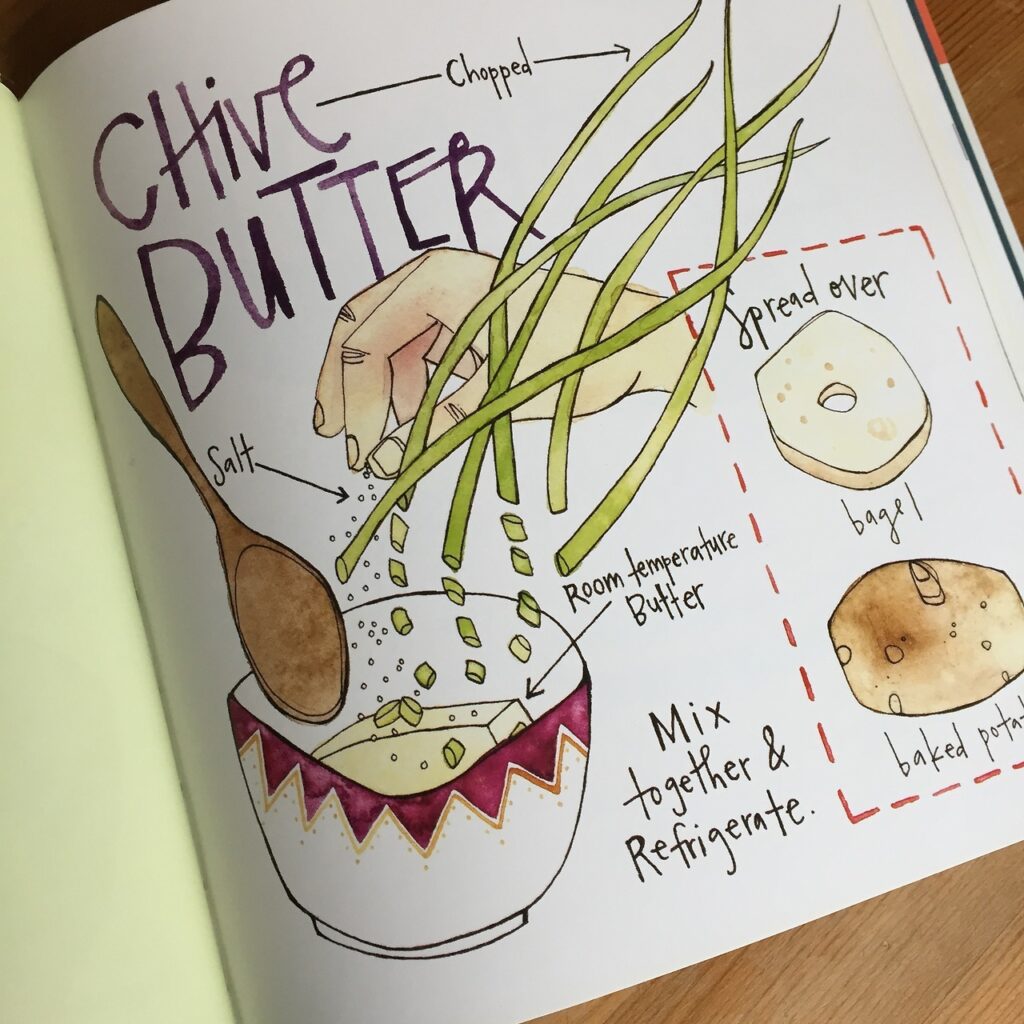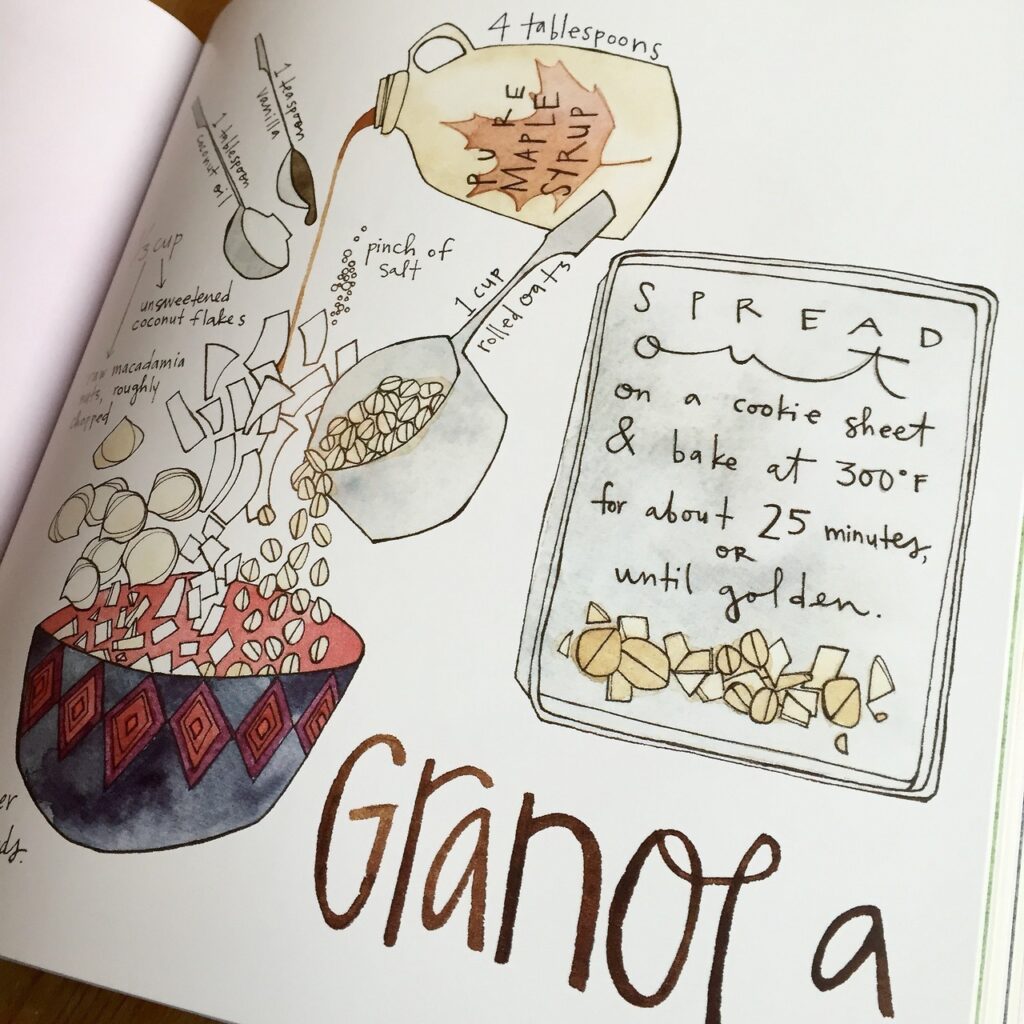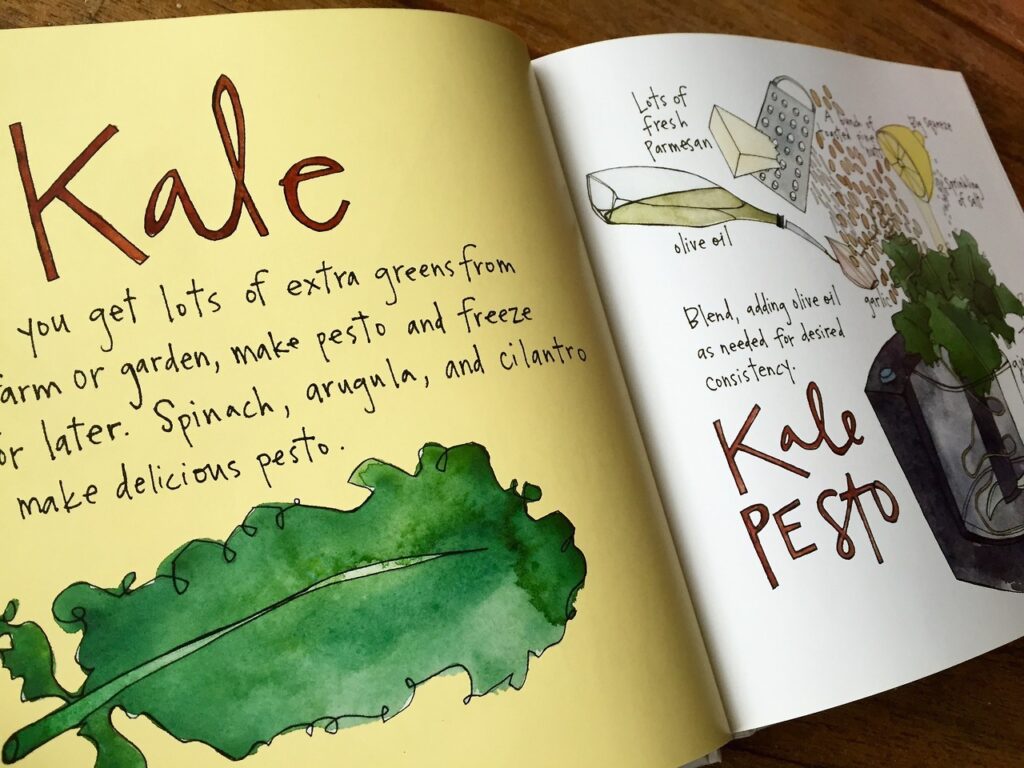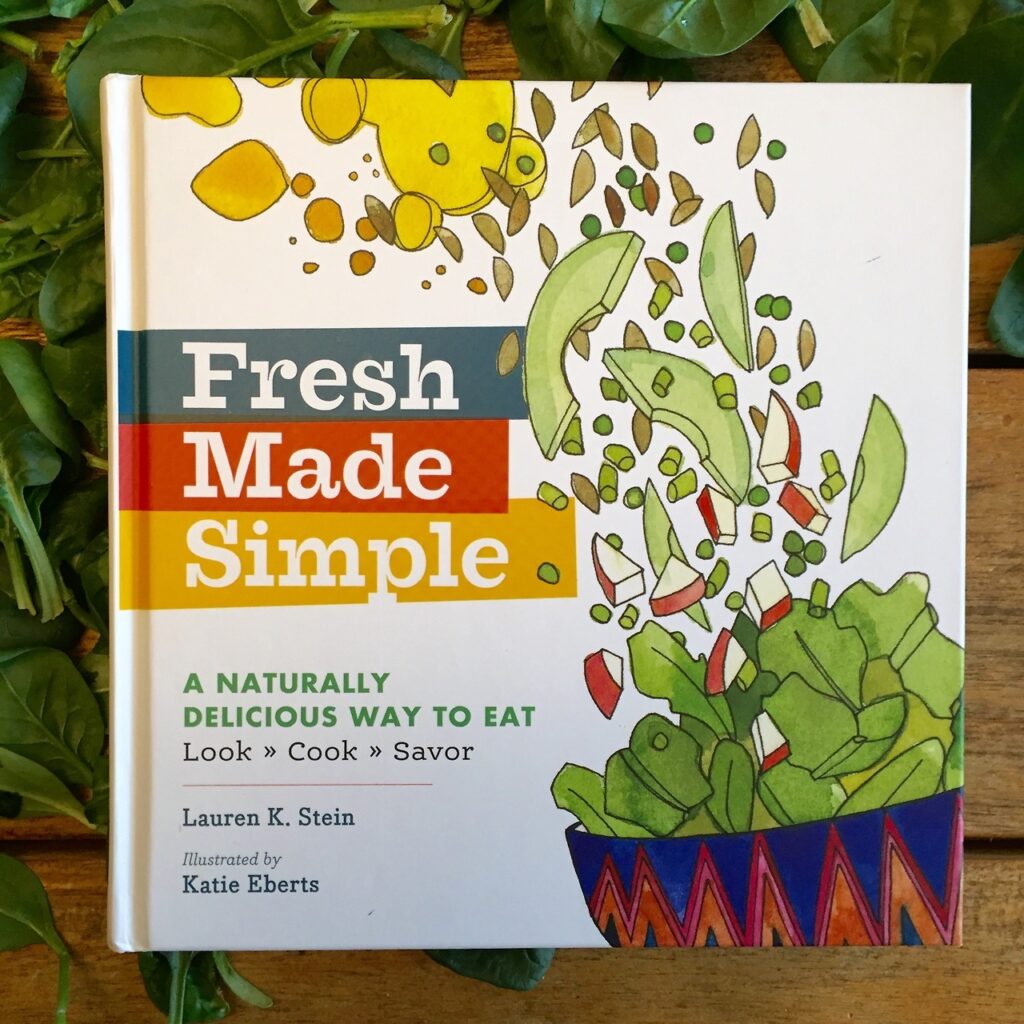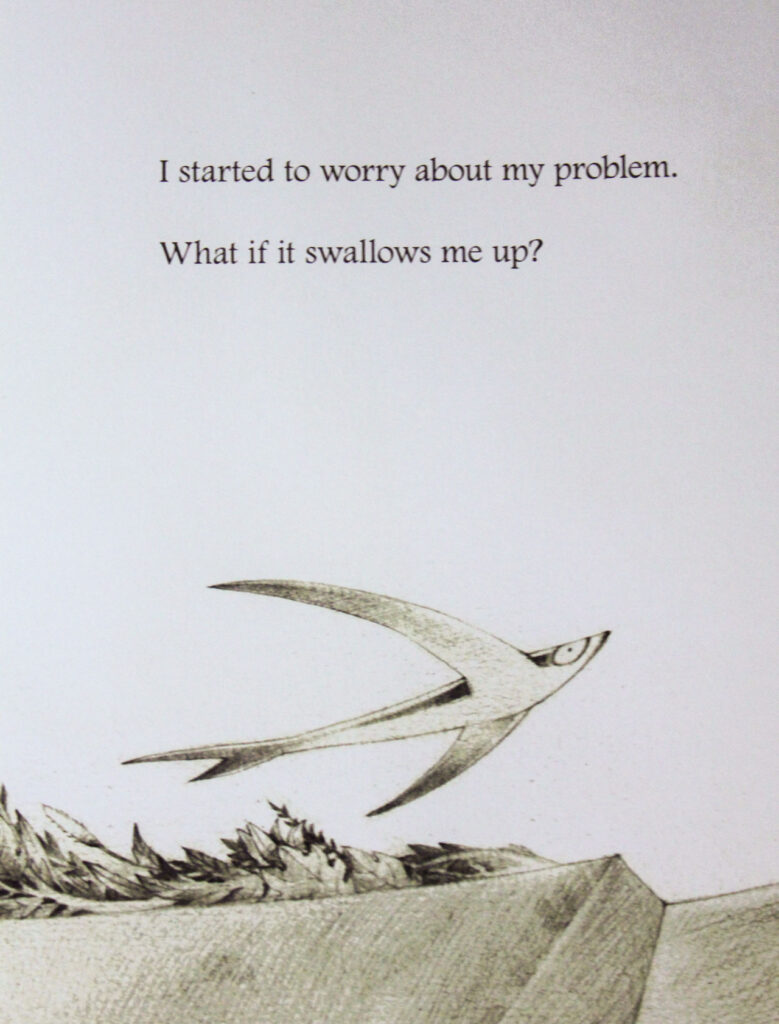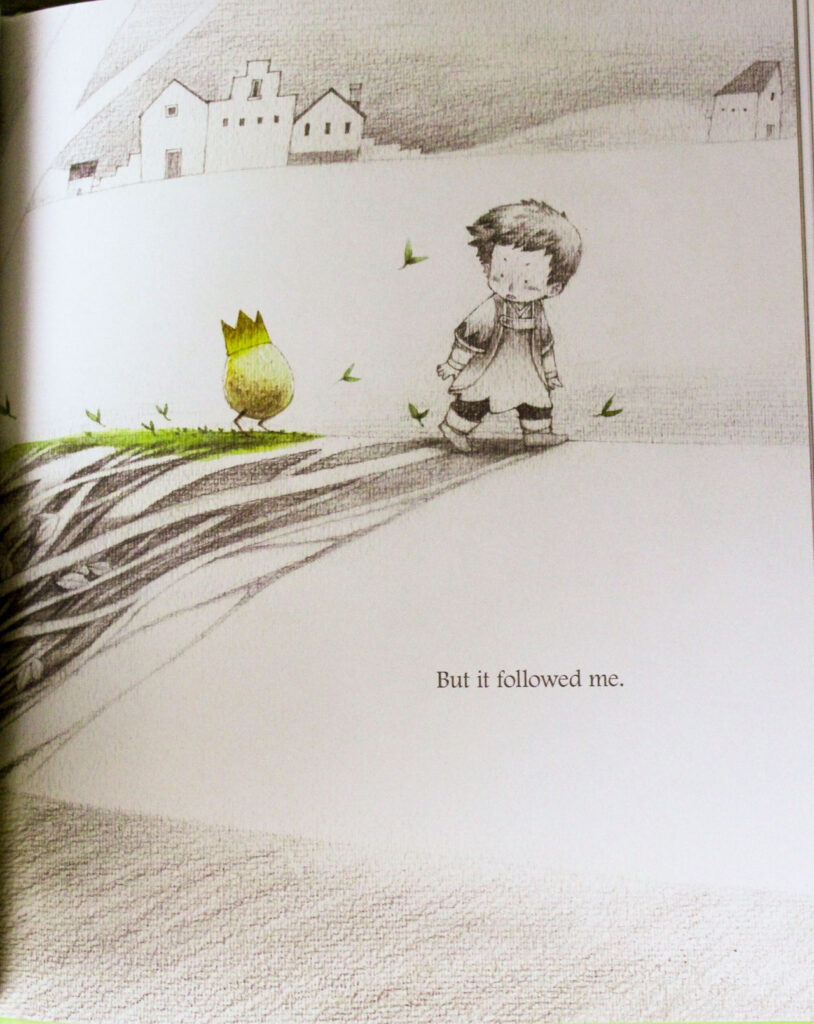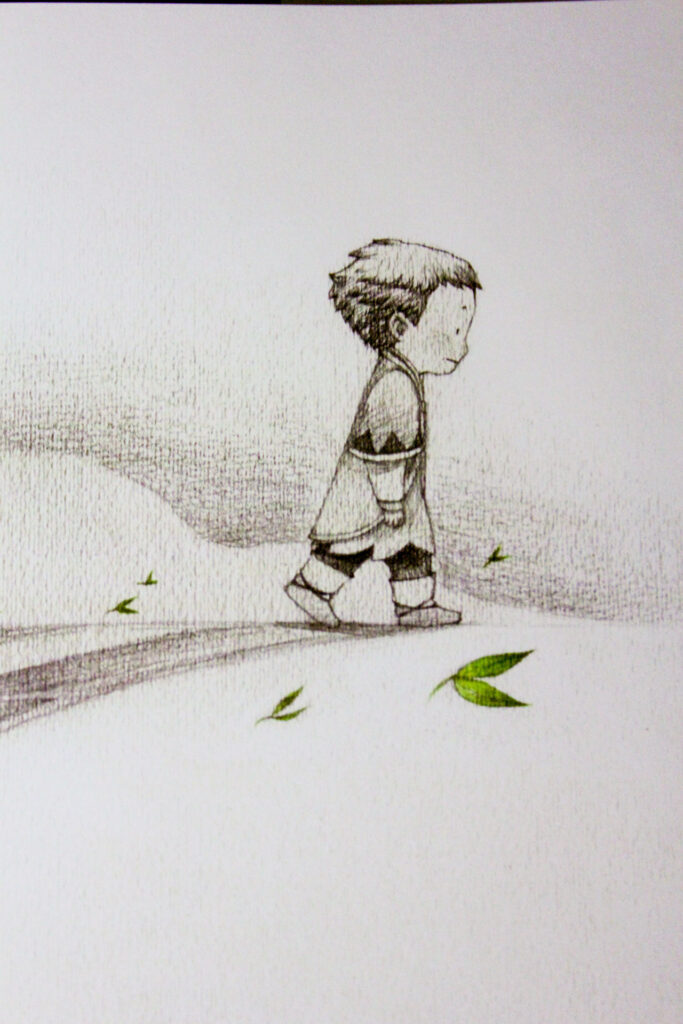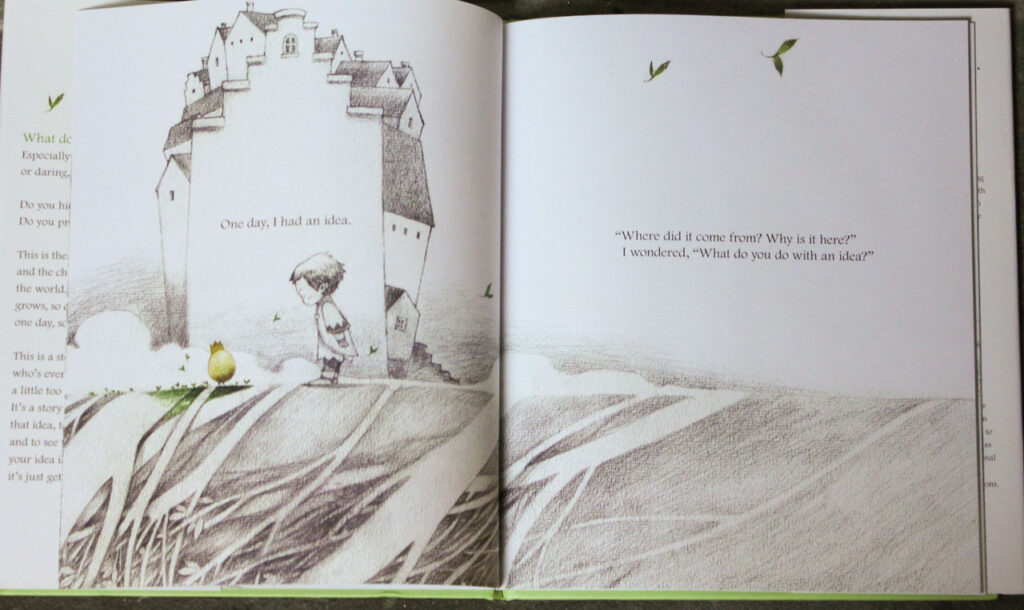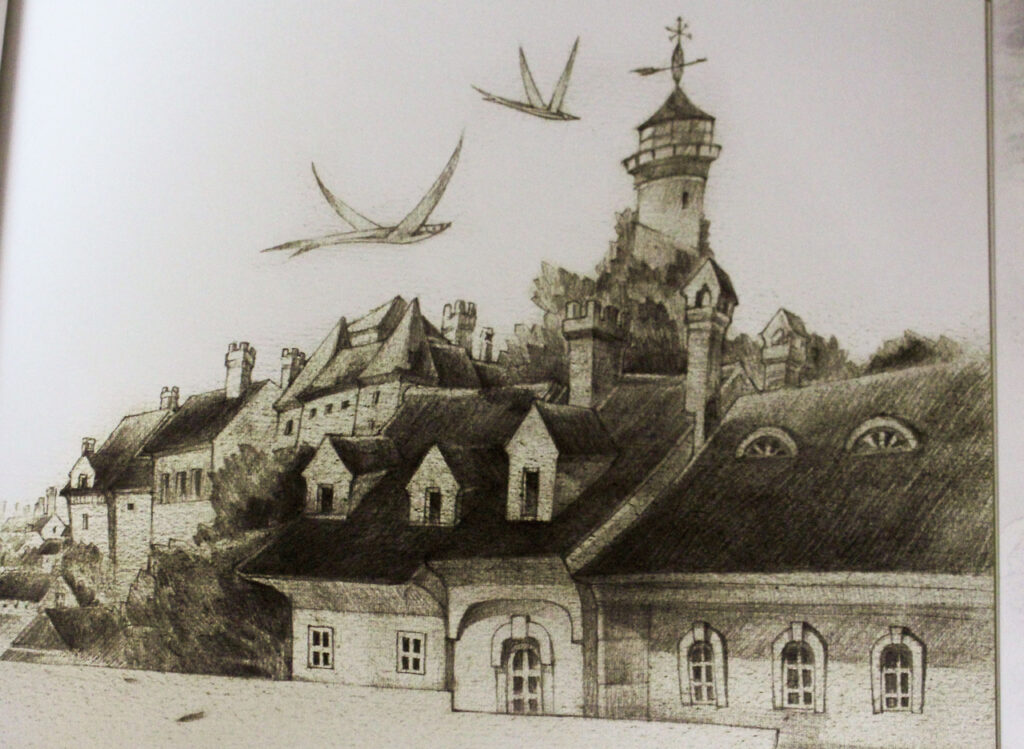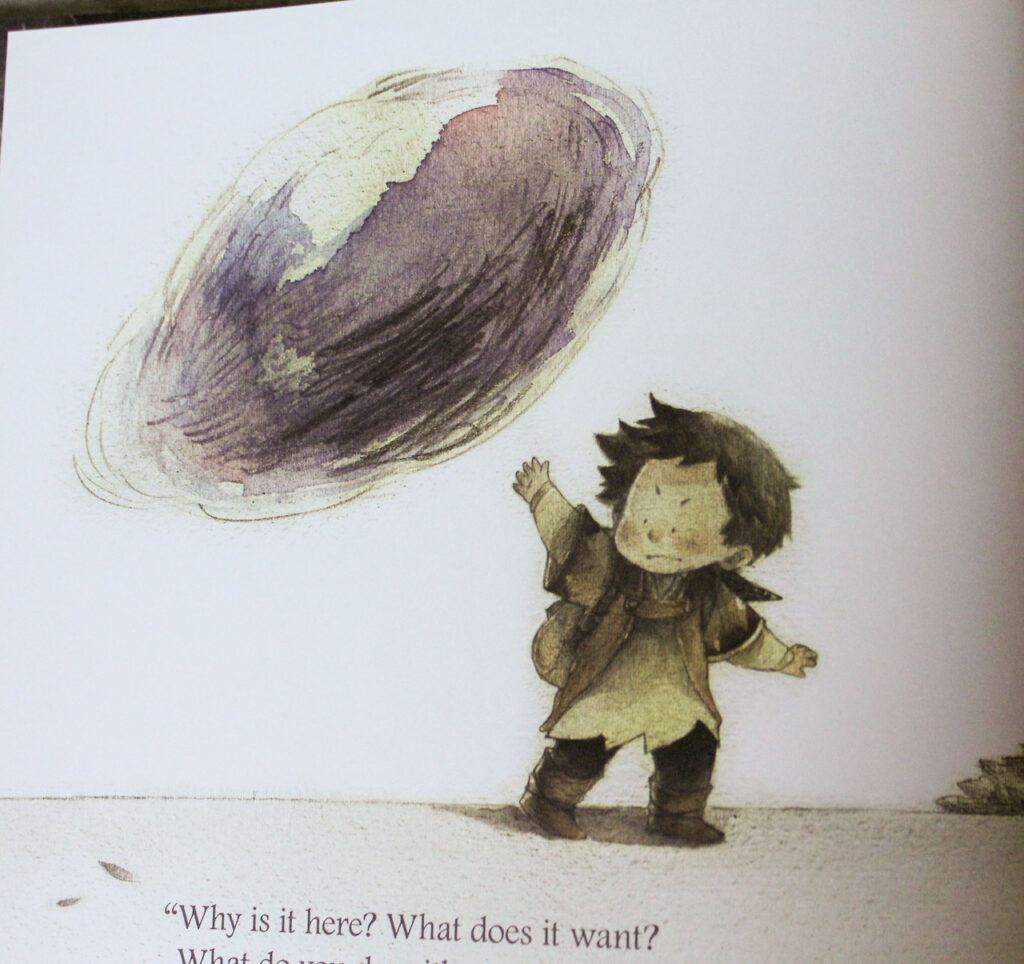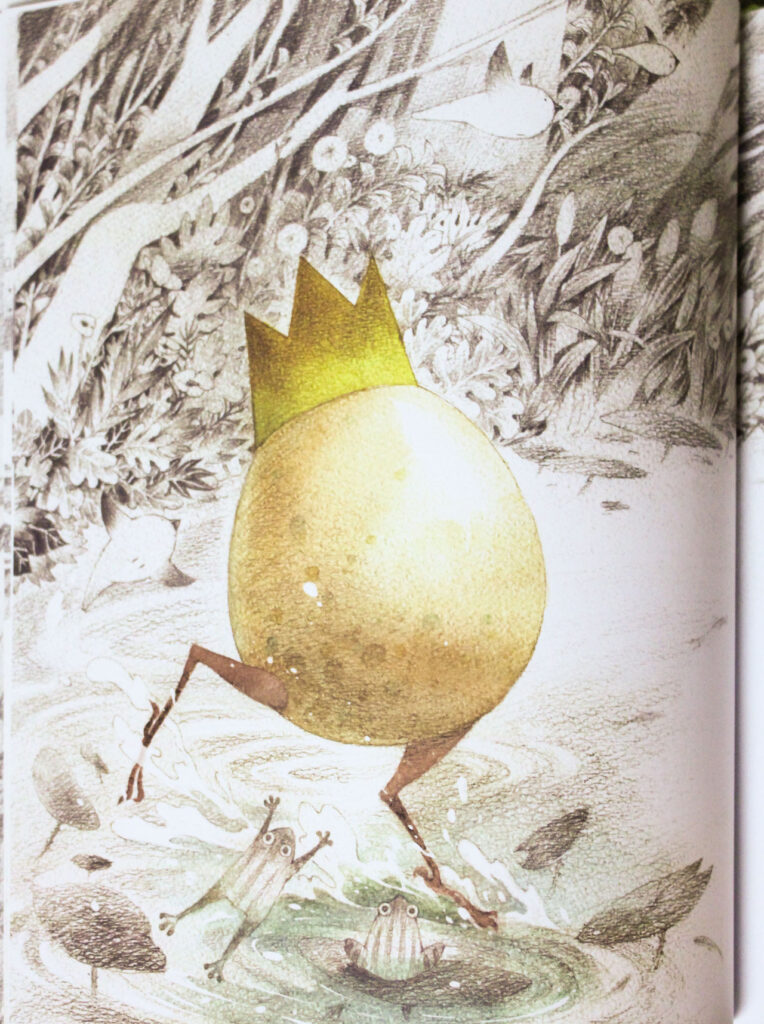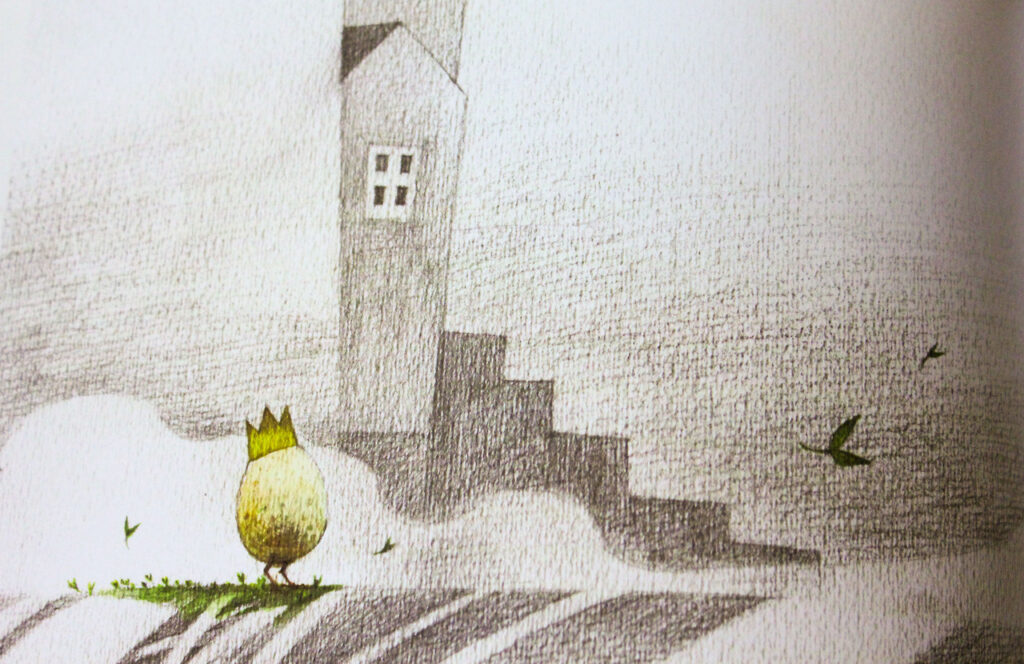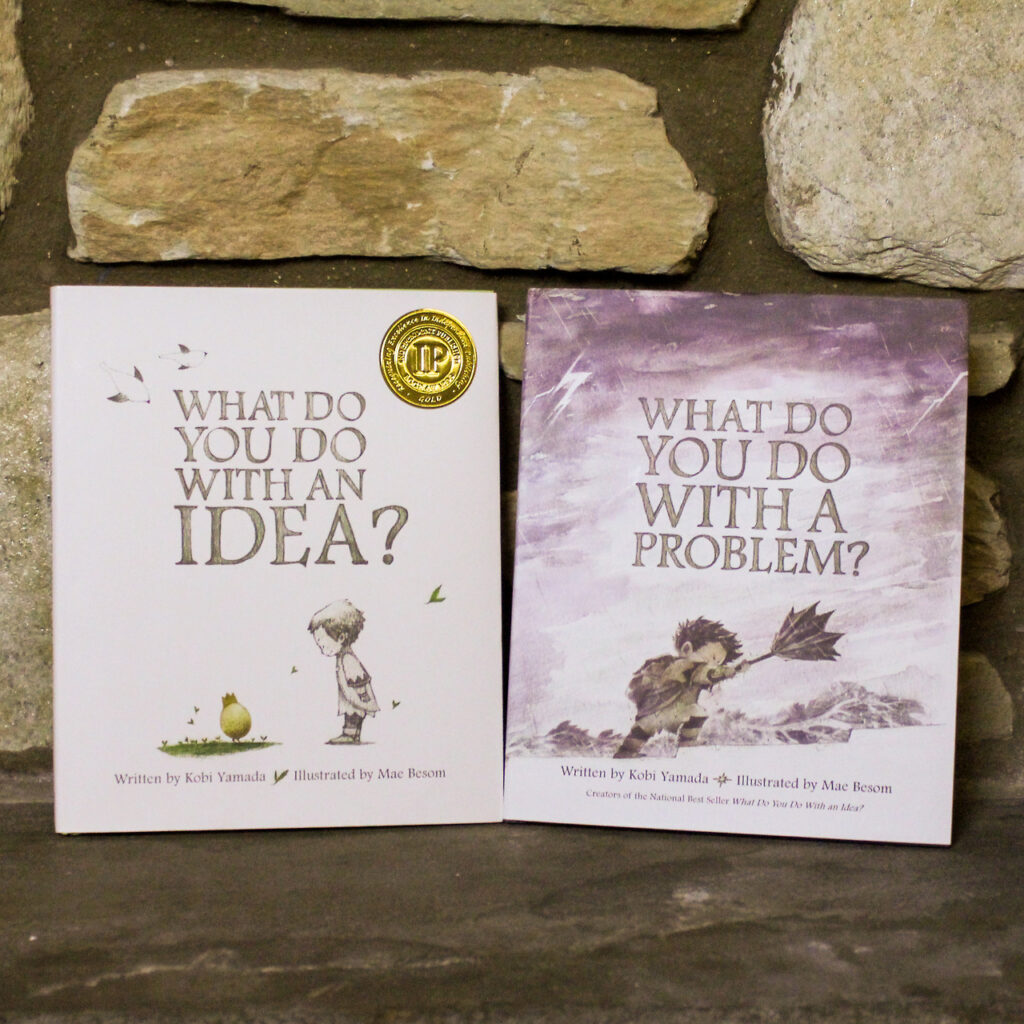Gar’s Tips & Tools – Issue #171
Weekly-ish access to tools, techniques, and shop tales from the worlds of DIY
Gar’s Tips, Tools, and Shop Tales is published by Cool Tools Lab. To receive the newsletter a week early, sign up here.
Ten Favorite Homely Tips and Tools
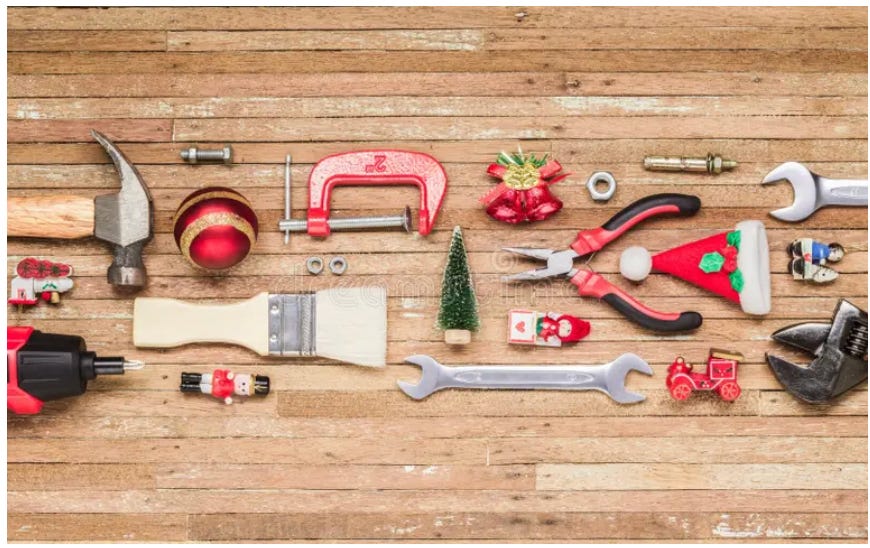
Usually, at the end of the year, I do a round-up of my ten (or so) favorite newsletter entries from the past year. This year, I decided to do something different. This is a collection of ten “homely” tips and tools that I use every day — they are quiet, plain, and unassuming. I think of these as “homely” in both the American sense of “plain,” and the British sense of “simple, yet comfortable.”
These are tips and tools I use nearly every day and rarely think about. I have backgrounded them. They’ve become part of the everyday fabric of my work and home life.
Plastic Razor Blades
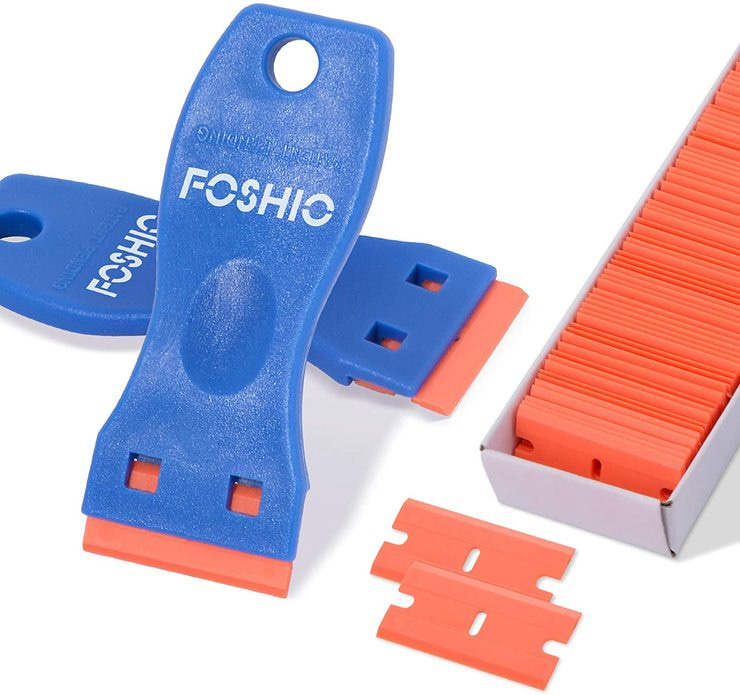
A few years ago, I learned about plastic razor blades from Donald Bell’s Maker Update (and have written about them several times since). I’m hooked! This video shows a few of the things that they’re useful for. It’s a little misleading to say that they’re better than metal razors. They can’t cut, they just scrape. A reader also wrote in to suggest using a conventional razor blade scraper handle. It is true that the blades sometimes come out of the cheap plastic handles the blades come with.
Alignment Dots on Electronics
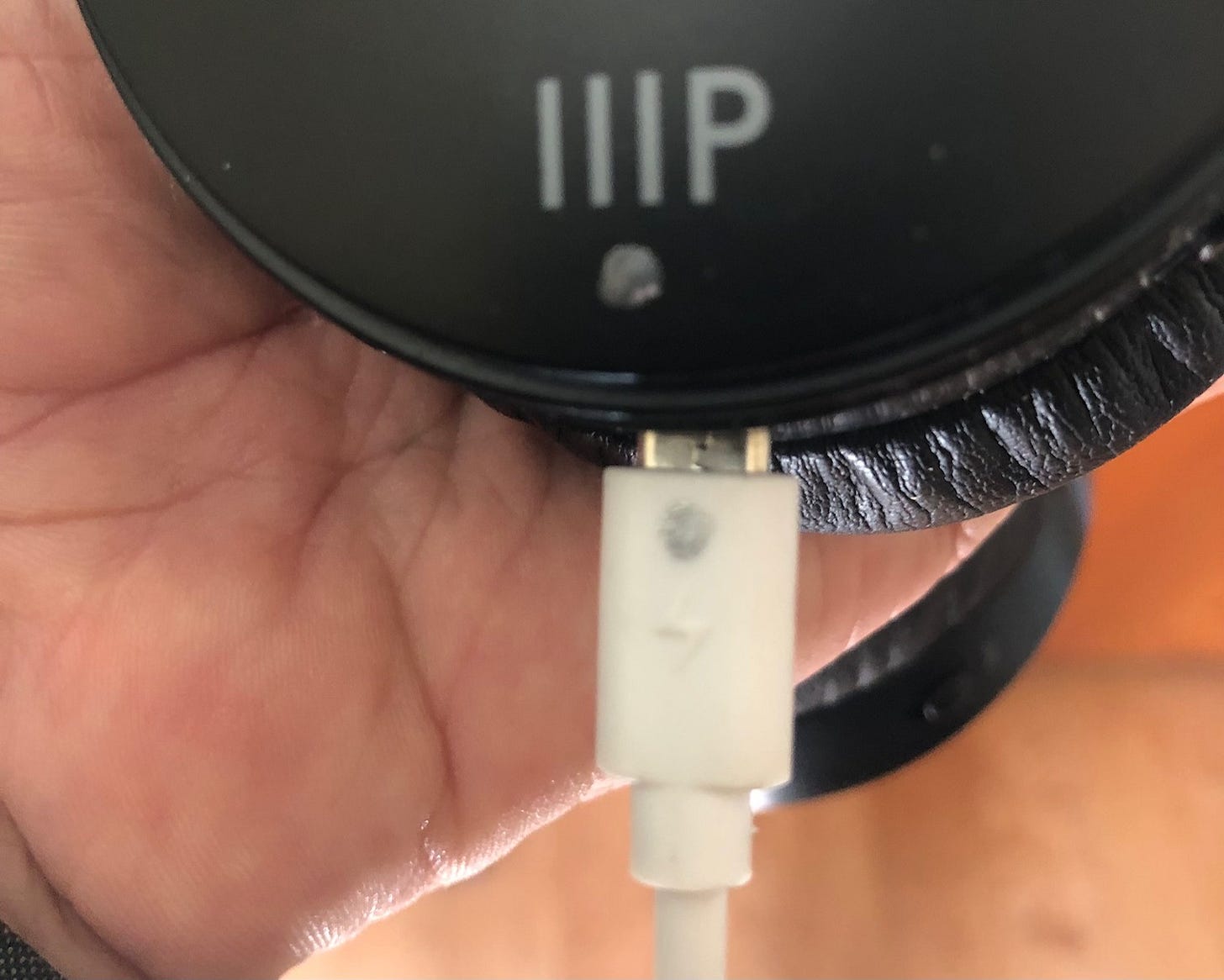
For years, I saw other people, like my pal Kent Barnes, recommending alignment dots for mindlessly mating a jack to a plug without having to align the exact location or figure out the plug orientation. I finally broke down and did this for all of my gear, and man do I feel foolish for waiting so long. I used my FastCap Pattern Marker to make the dots.
Don’t Stack Things on Top of Other Things
Artist, filmmaker, and maker, Van Neistat has a great, fun video on his organizational philosophy. One of his key principles is not to stack unrelated things on top of other things. You obviously need a lot of shelf space to make this work so he includes ideas in his video for quickly making shelves. And where do you put the shelves?
Using a Shop Towel to Constrain Snipped Bits
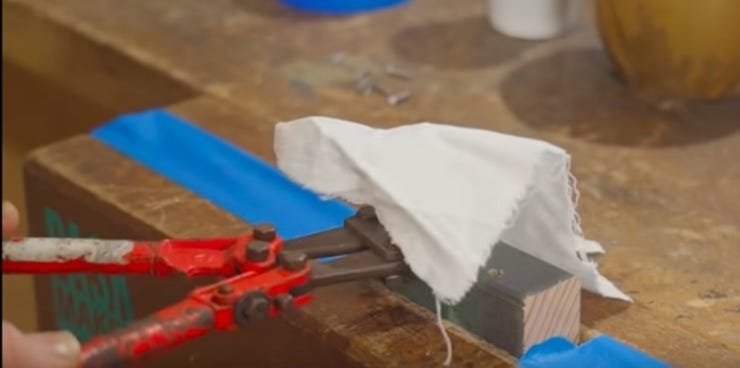
From a Pask Makes video: When cutting/nipping bits of metal or other material that might fly away, line up your cut and then cover the workpiece with a towel before doing the cutting. This will prevent the waste pieces from flying all over your work area.
Reusable K Cups in the Shop
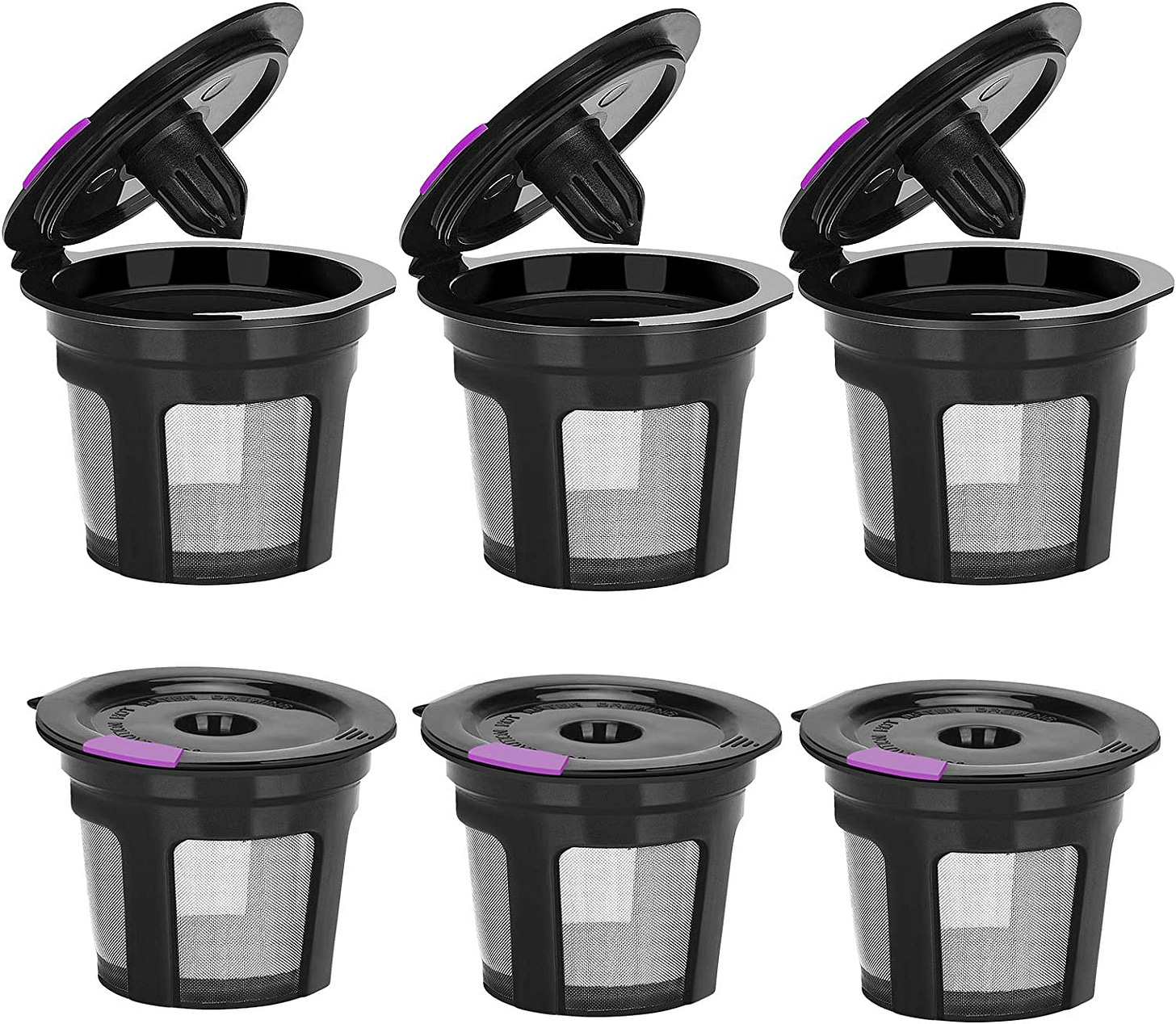
I was always a naysayer when it came to pod coffee machines. The pods are expensive and an environmental nightmare. But then I married into a Keurig machine. In the middle of my workday, grabbing a quick cuppa is essential during afternoon slumps. So, K-cup pods soon became a nasty habit — until I discovered reusable K-cups. You load them with 2 tbs of coffee, slot in as usual, and you’re good to go. It only takes a few seconds to load a pod, and if you wanted to, you can load a bunch ahead of time and store them in an air-tight bag to keep fresh. They cost only $9 for a set of 6 cups. A perfect way to make a cup of afternoon coffee in your shop with little hassle and no waste.
How to Properly Tie Your Shoes
Back when I did a weekly tips column for Make: magazine, I covered another demonstration of this shoe-tying hack. Hopefully you’ve encountered this already, but if not… The basic idea is that, when lacing your shoes, when you go to tie the bow, instead of tying it counter-clockwise as you were likely taught to do, you tie clockwise (see the video for clarity). It’s a game-changer. In the video, Chris also demonstrates how to properly use the cinch holes found on many sports shoes (which lots of people ignore).
Cheap Shop Mechanical Pencils
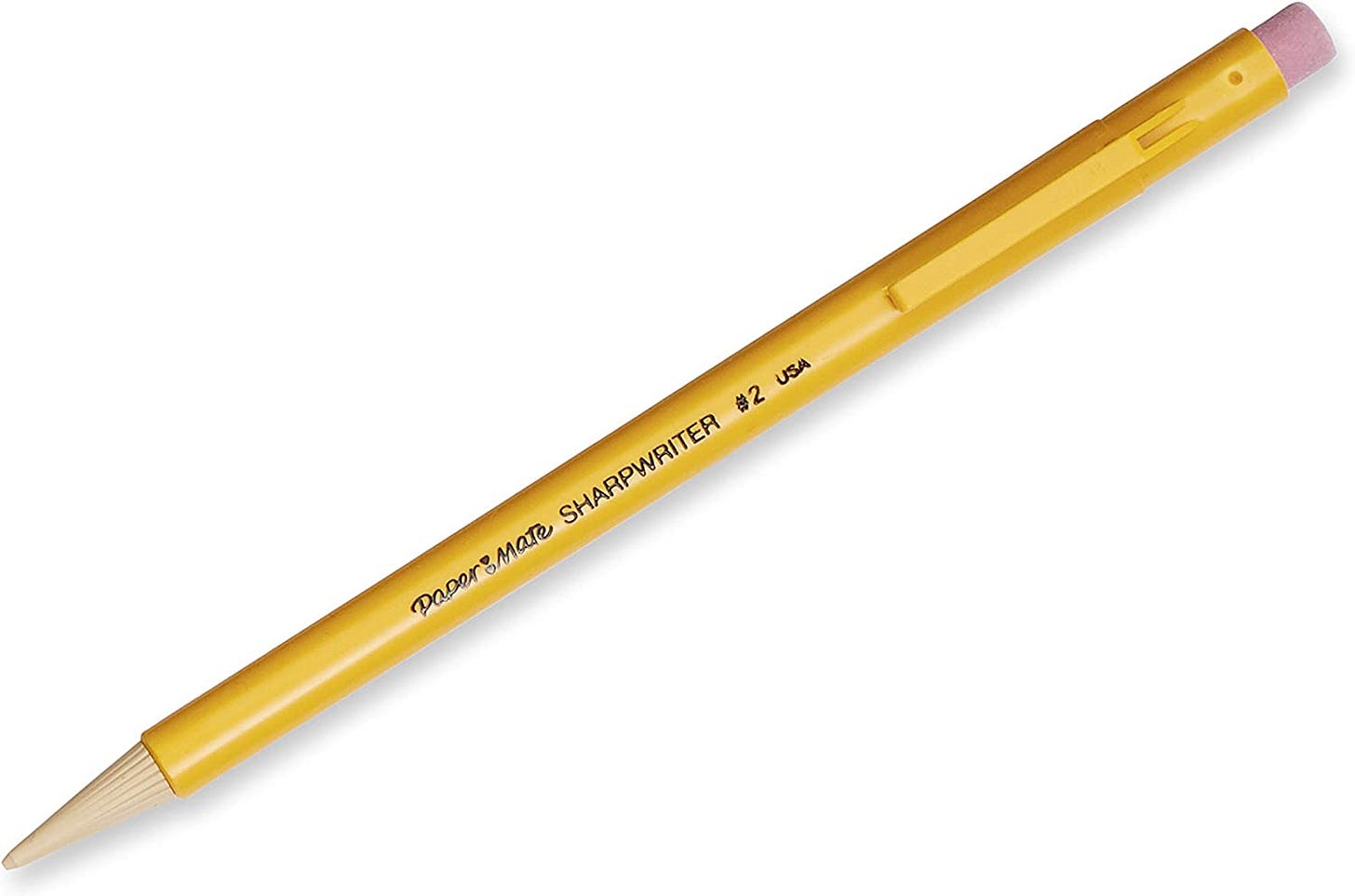
A couple of years ago, I mentioned PaperMate SharpWriter pencils in a post about Dave Picciuto’s favorite pencils in his shop. To be honest, I’m not a big fan of the pencil, but when I do need one, I want a mechanical. Trouble is, I lose them at an alarming rate. So, I immediately bought a box of these super-cheap SharpWriters and love them. Mainly, what I love is that they are so cheap. At 0.38 a piece, you can have them, several of them, at every workstation in your shop (and in every toolbox, office desk, kitchen junk drawer, etc.). And, I like that they’re designed to look like a wooden pencil.
Weighted Glue Bottles
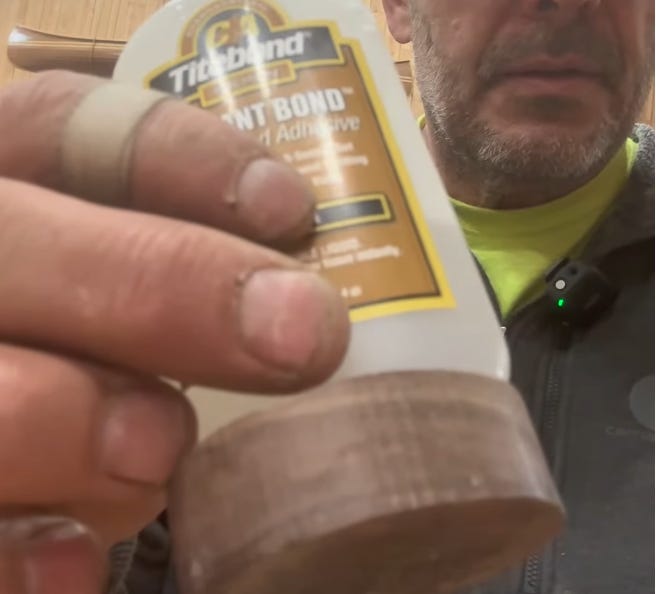
Here’s a tip from Jimmy DiResta which I also included in Volume 2 of my tips books. To prevent glue (and other tippy) bottles from falling over on your workbench, glue a piece of scrap wood, chunk of metal plate stock, or something else heavy to the bottom of them. “THANK YOU!”
“Price: Low to High” is Your Friend
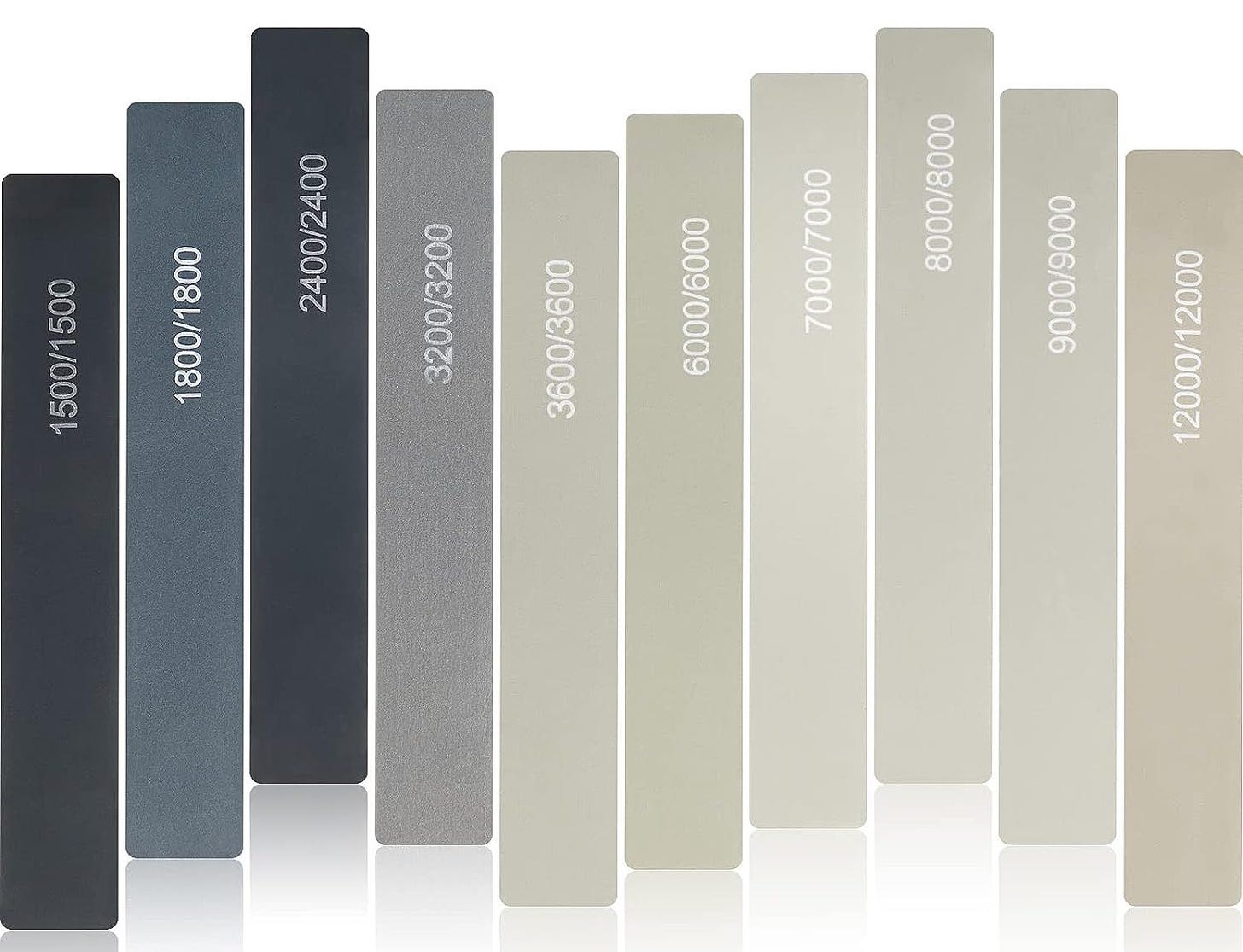
Several years ago, I ordered a set of 5 “premium” hobby sanding sticks for $14 on Amazon. I’ve used them for years and they’ve served me well, but the oft-used sticks are now bereft of grit. I was about to order a new set when I decided to look and see what other product options were available in the small sanding sticks category. I started by selecting “Price: Low to High.” I found a well-reviewed set of 20 sticks for $7.50 (that’s .38 instead of $2.80 per stick!). I bought them and they’re great. Perfect for what I need (I use them for working with polystyrene) and for a lot less money. So, the next time you go to buy something on Amazon, don’t forget to organize your search low-to-high (and then choose the highest-rated, lowest-priced item that looks like it will serve your needs).
Working with the Limits of Your Body
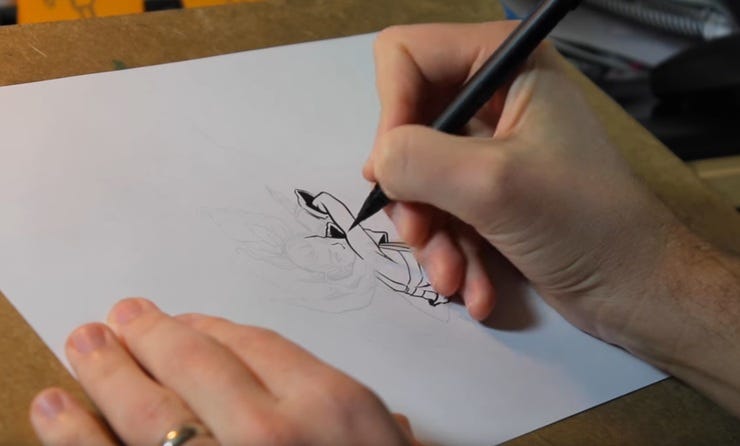
Several years ago, I went down the rabbit hole for an indie tabletop miniatures game, called Relicblade. Besides being an amazingly cool fantasy skirmish wargame, Relicblade is also special because it is primarily the vision and labors of one person, artist and game designer Sean Sutter. Sean pretty much does everything, from game design, art and illustration, design and digital sculpting of the miniatures, book design–all of it. And he documents much of his process on YouTube. In one of those videos, on conceptualizing and rendering his thief character for the game, he shares a very important concept that can apply to all sorts of making, but especially anything where hand and arm control are important (as in drawing). Sean says to think of your hand/arm as a machine, with mechanical capacities and limitations. Once you are mindful of these, you can work around/with them. In doing an activity, in Sean’s case, drawing, you want to think about the optimal angles for confident control of your hand and to move the workpiece to conform to your limitations rather than trying to make your hand do things it doesn’t naturally want to do. You can see in the above-linked video that, in drawing his thief image, Sean is constantly turning the paper to get the best, easiest angle.
Happy New Year!
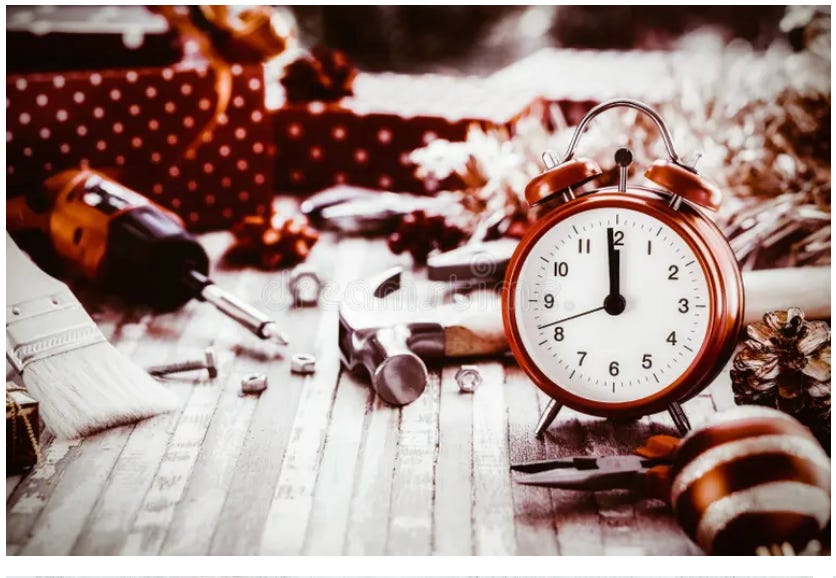
Thanks to all of my readers and subscribers for another year of supporting my efforts on this newsletter. I get so much encouragement, constructive feedback, and content submissions. It truly feels like I’m providing something worthwhile that people enjoy. I certainly enjoy putting it together. Looking forward to another great year.
One thing I would love to do is reach 7000 subscribers in the first half of 2024. You can help. Please forward this newsletter to a maker friend, tell them why you like it, and encourage them to subscribe. It’d be a huge help. Thank you!






